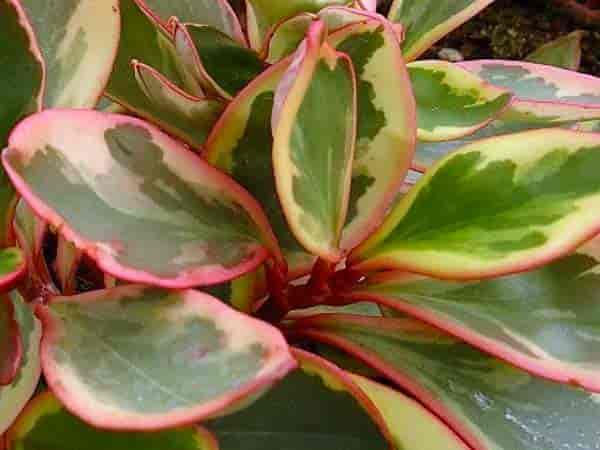Peperomia Napoli Nights Plant: Growing and Care
The Peperomia Napoli Nights (pronounced pep-er-ROH-mee-uh NA-poh-lee) comes from the huge Piperaceae plant family (Peperomia) of over 1,000 ornamental plants. Peperomia plants originate from the Amazon basin in South America.



































